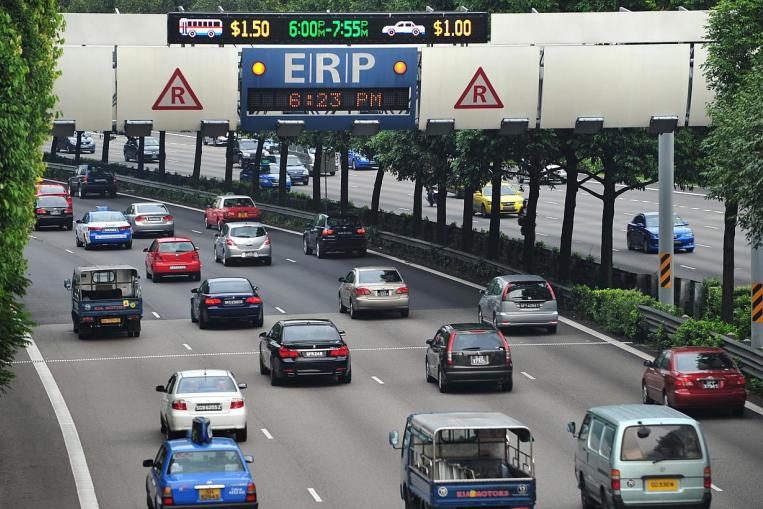Definition of an IU and How it Works in Singapore
IU stands for In-Vehicle Unit, and it is a device that is affixed to all vehicles that wish to have access to roads imposed with taxes (thanks to the Electronic Road Pricing gantries) or, to a lesser extent, car parks using the Electronic Parking System. This device is mounted below the windscreen to the right-hand side of the dashboard.
The IU is integral to the Electronic Road Pricing (ERP) System. As we all know, the ERP is a system of electronically collecting road tolls to manage traffic. It was first implemented in 1998 to ease road congestion, and it replaced the Singapore Area Licensing Scheme. Singapore became the first city to implement and use the electronic toll system for easing road congestion.
The IU is just the first part of the ERP system. The second one is a gantry, which consists of sensors and cameras for the purpose of road toll deduction.
Old vs. New Generation IUs

A new dual-mode IU was introduced in 2008 specific to the different car types. Although the old IU is still viable for use with the ERP, the dual-mode IU offers more. In contrast to the old IU, the dual-mode IU can show both the charge at a gantry as well as the balance in the stored-value card. It also allows utilizing CEPAS card to pay parking fees at CEPAS supported EPS. The old IU only allows the use of NETS cash card to make payments. If you decide to use a CEPAS compliant card with the new generation IU, then you enjoy automatic top up. Taxis are also able to print information concerning their toll payment, including ERP charge, location, the date and time.
How IU works with Gantries to make the ERP a Success

The IU, unique to each vehicle, is used to identify each vehicle uniquely. Inserted into the IU is a stored value card or a cash card from which a road toll should be deducted from. When a vehicle passes a gantry, the system of sensors in the gantry identifies the vehicle together with the unique IU number and then proceeds to automatically make the necessary road toll tax from the stored value card or cash card in the IU. The sensors then use a dedicated system of short range wireless system to communicate with IU and the amount deducted on that particular gantry is shown to the driver on the IU’s LCD screen.
The Gantries
The gantry controls and adjusts the toll amount depending on the day of the week and the time of day. The road toll is usually highest during peak hours, and this effectively moderates the traffic. Different tolls for different roads will have varying tolls.
The gantries also have a system of cameras that are used to photograph the rear license plates (if required). Photographs may be taken if the cash card has insufficient funds or is lacking completely from the vehicle’s IU. The owner of the car is then requested to pay the toll through a letter.
Additional uses of the IU

Since the IU is available in all vehicles registered in Singapore, the opportunity to use them in other areas has been utilized. The Electronic Parking system (EPS) uses almost the same concept as the ERP and is deployed in almost all private car parks as well as the majority of the public car parks. While both ERP and EPS can both use a stored value card in the IU, only the EPS can use a stored-value card reader.




